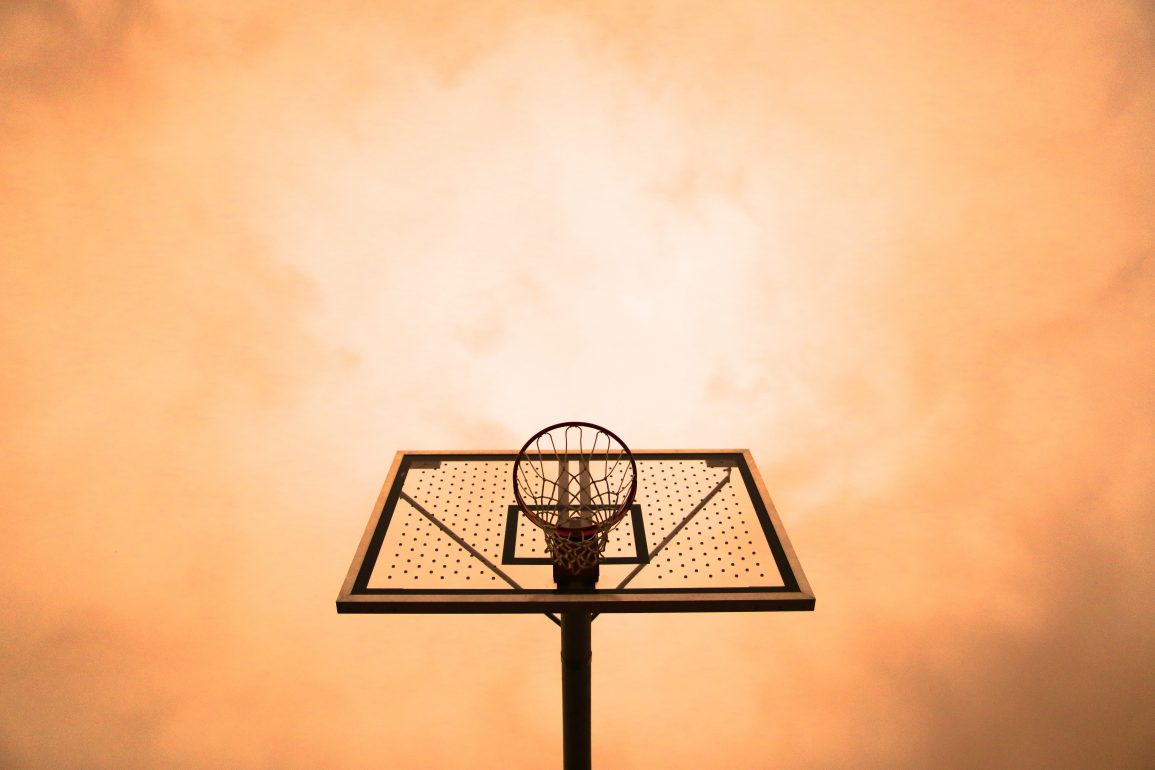Studies suggest that pro basketball players are ‘instinctual physicists’. Get that nerd to the free-throw line!
Dom Cadden
Basketball may not look like a sport for nerds, but researchers suggest that the makings of the perfect free-throw or three-point shot may come largely down to physics. Creighton University physics professor Gintaras Duda even says pro basketball players are ‘instinctual physicists’ because of what it takes to make the perfect shot on the court, particularly the three-pointer.
The free throw
Research1 by engineers at North Carolina State University examined millions of basketball shots to examine the common factors of a successful shot from the free-throw line. It came down to five key points:
- Use backspin – specifically, 3Hz of backspin, which means the ball would make about three full rotations before getting to the ring. Backspin deadens the ball when it bounces off the rim or backboard, giving the ball a better chance of settling through the net. Now here’s another great use for your middle finger – it is considered to be the finger that has the most impact on the direction and backspin of the ball. It was found that most successful shooters had a 90° angle at the elbow and a 90° angle at the armpit. From there, extend the arm, snap the wrist in a downward motion, then the middle finger is the last finger to come off the ball.
- Aim at the back of the rim, leaving about 2 inches between the ball and the back of the rim. The researchers summed up that if you aim at the center of the basket, you decrease your chance of a bucket by almost 3 percent. Banking the shot off the backboard is not on – this is statistically more effective for shots taken from the wings (see below).
- The launch angle for the ball should be 52° from the horizontal. You can check this by capturing some still images or video of yourself on your phone and then checking the angle with an app, such as Coach’s Eye, Coach My Video or Dartfish. As a guide, 52° means that at the highest point of its arc, the ball should be less than two inches below the top of the backboard.
- Release the ball as high above the ground as you can without screwing up your ability to get a consistent motion on the shot.
- Have a smooth body motion as you release the ball so that you get a consistent release speed.
Here’s another thing to consider. No-one’s rushing you at the three-point line, so you have time to prep your brain and body with a pre-performance routine like the one used so successfully by Steve Nash. Nash is one of the NBA’s all-time free throw percentage leaders (90.4% after almost 3400 regular season attempts). Each time he went to the free-throw line, he would mime through several shots before he even took the ball. This is more than just visualization – that is, he’s not just imagining the ball going through the hoop, he’s feeling the shot, too. This helps establish a motor pattern between brain and muscles, which in turn establishes a rhythm that helps consistency.
Bank or no bank shot?
The researchers at NCU also had some advice on when to go for the swish and when to play the bank shot.
After simulating one million shots with a computer, they found that the bank shot can be 20 percent more effective when shooting at many angles up to a distance of about 12 feet from the basket. Bank shots are also more effective from the “wing” areas between the three-point line and the free-throw lane, but in front of the basket and beyond 12 feet is not the area for bank shots.
Researchers then attempted to calculate where the sweet spots were on the backboard, and then came up with a system to help your aim. The first guide is to make or imagine a “V” shape near the top center of the backboard’s “square,” (the 24-inch by 18-inch rectangle which surrounds the rim). Now imagine a vertical line 3.327 inches behind the backboard. The best place to bank the ball is where that vertical line crosses the aim point on the “V” shape on the backboard.
Beyond the 3-point line – the jump shot

The angle of release is a deal breaker, according to analysis by Professor Duda. He has recommended that the lowest arc is 33° from the horizontal for even a hope of making a 3-point shot, but with an arc of 45° and a speed of just under 20 miles per hour and two revolutions per second of spin, you have the makings for successful shot from 20 feet out.
Slightly staggering your stance allows you to have a forward or backward motion to evade the man while jumping while still keeping your body upright for the shot. The foot on your shooting side should be slightly forward, with both feet slightly pointed outwards to give you better balance to jump from. Jump from a bend of about 115-120° at the knees.
Just like for the free throw, you want to get a 90° angle at the elbow and a 90° angle at the armpit so you can fully extend the arm as you make the shot. For the long shots, good players keep the ball, wrist, elbow and shoulder aligned with the basket.
Finally, there’s backspin. Backspin creates something physics nerds will know as the Magnus Effect. In the book The Physics of Basketball, author John Fantanella, explains that the Magnus effect is when backspin gives the ball a little lift allowing for the slowest possible speed, creating a dip in elevation and a less violent rebound off the backboard or rim.
So there you have it – maybe you don’t have Steph Curry’s raw talent for shooting, but if you check your geometry and apply some physics to your technique, you might just make the three from the D more often and increase your chances to knock it down on the line.
- Journal of Sports Sciences, September 2008; 26(11): 1147–1155, Optimal release conditions for the free throw in men’s basketball, Chau M. Tran & Larry M. Silverberg, Mechanical and Aerospace Engineering, North Carolina State University, Raleigh, North Carolina, USA
This article first appeared on 2XU international websites.





